The Challenge: I saw a job position at Tobii, for an “Algorithm Developer”, and while I have developed plenty of algorithms to process images and time series, I have never worked in computer vision. So I thought: what if I write my cover letter by developing an algorithm that can track my eyesight to write letters down? After all, how hard could it be?
TLDR: Very hard.
After 2 days of work, this is as far as I got:
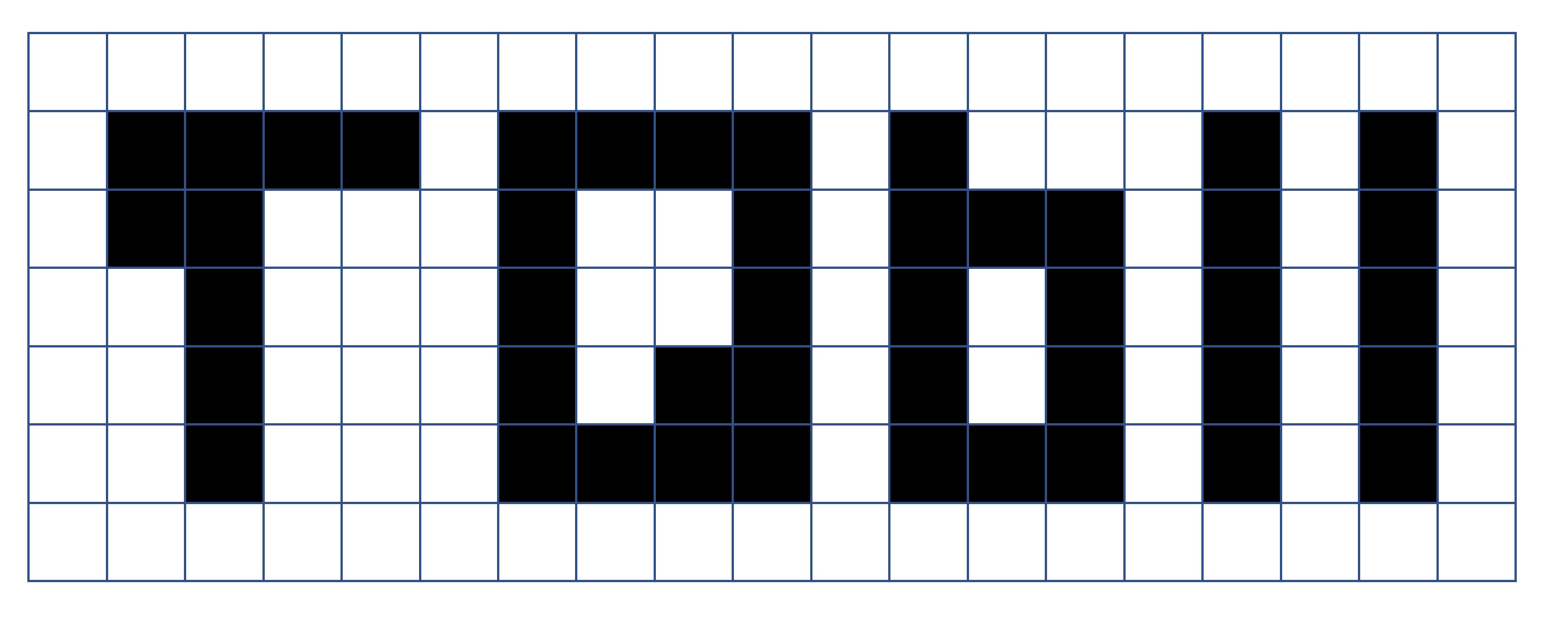
The Algorithm
I constrained myself to work for at most 2 days in this project. During the scoping phase I decided to divide the workflow into four parts:
- Scope: Decide how the algorithm will work.
- Data: Develop program to gather data.
- Model: Use that data to train a neural network.
- Deployment: Used the trained model to write letters.
I iterated this process about 15 times until I settled on the following.
Scope
A quick online search for pixelated alphabets showed that I can write any letter in a grid of 5 rows and 4 columns:
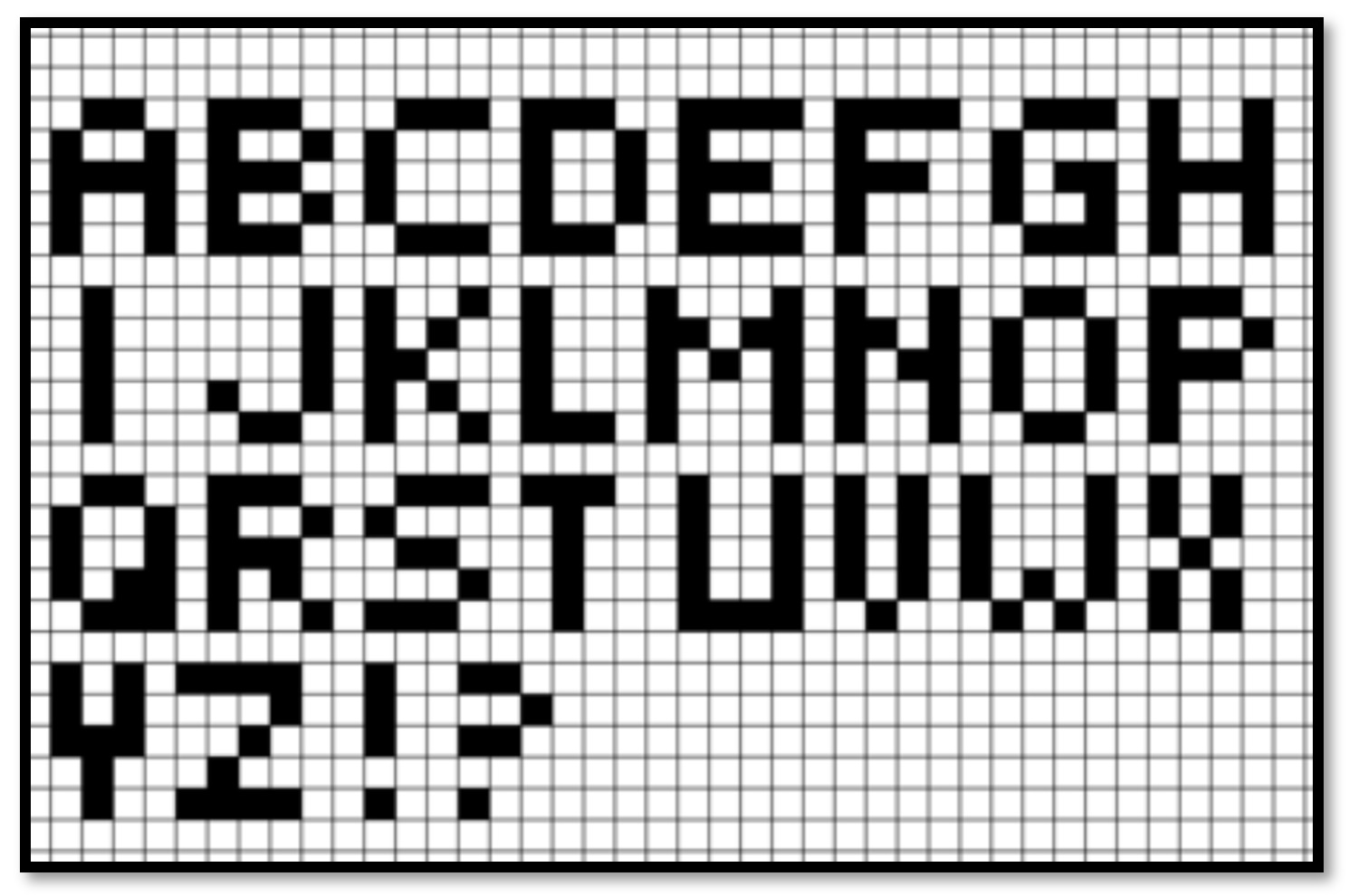
Hence, I settled on a 5 x 4 grid. The remaining task was to develop an algorithm that can track my eyesight and highlight or paint each cell. Therefore, I needed two things:
- An image of where I am looking at.
- A model that can recognize where I am looking at.
For the modelling part, I knew from the start that I was going to use a convolutional neural network (CNN), because they are very good at dealing with image classification. The main problem was that to train these models, one usually requires a large dataset.
Data
To gather the data I wrote the script called wws_get_data.py.
I used wxPython to create a GUI which highlights a cell.
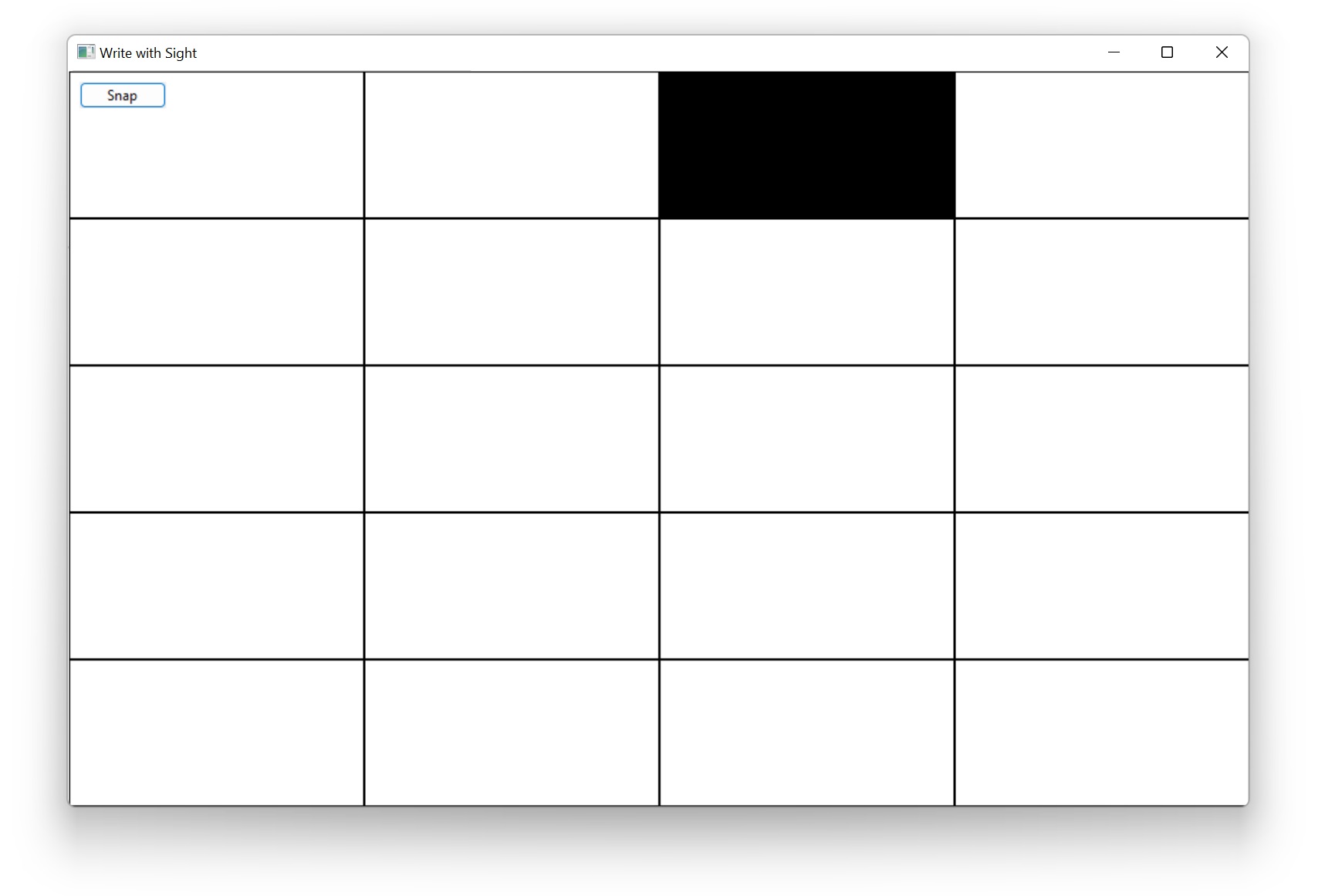
Then upon clicking on the snap button it takes a picture and the highlighted cell changes location. Each picture taken was stored in a folder corresponding to the location of the highlighted cell. In this way I could train the CNN later on.
The picture taken was a snapshot from the webcam, but after many iterations, I found out that I could achieve the best accuracy in the model if the pictures only included my eyes. So, I developed a low cost technological device that helped me achieve the task:
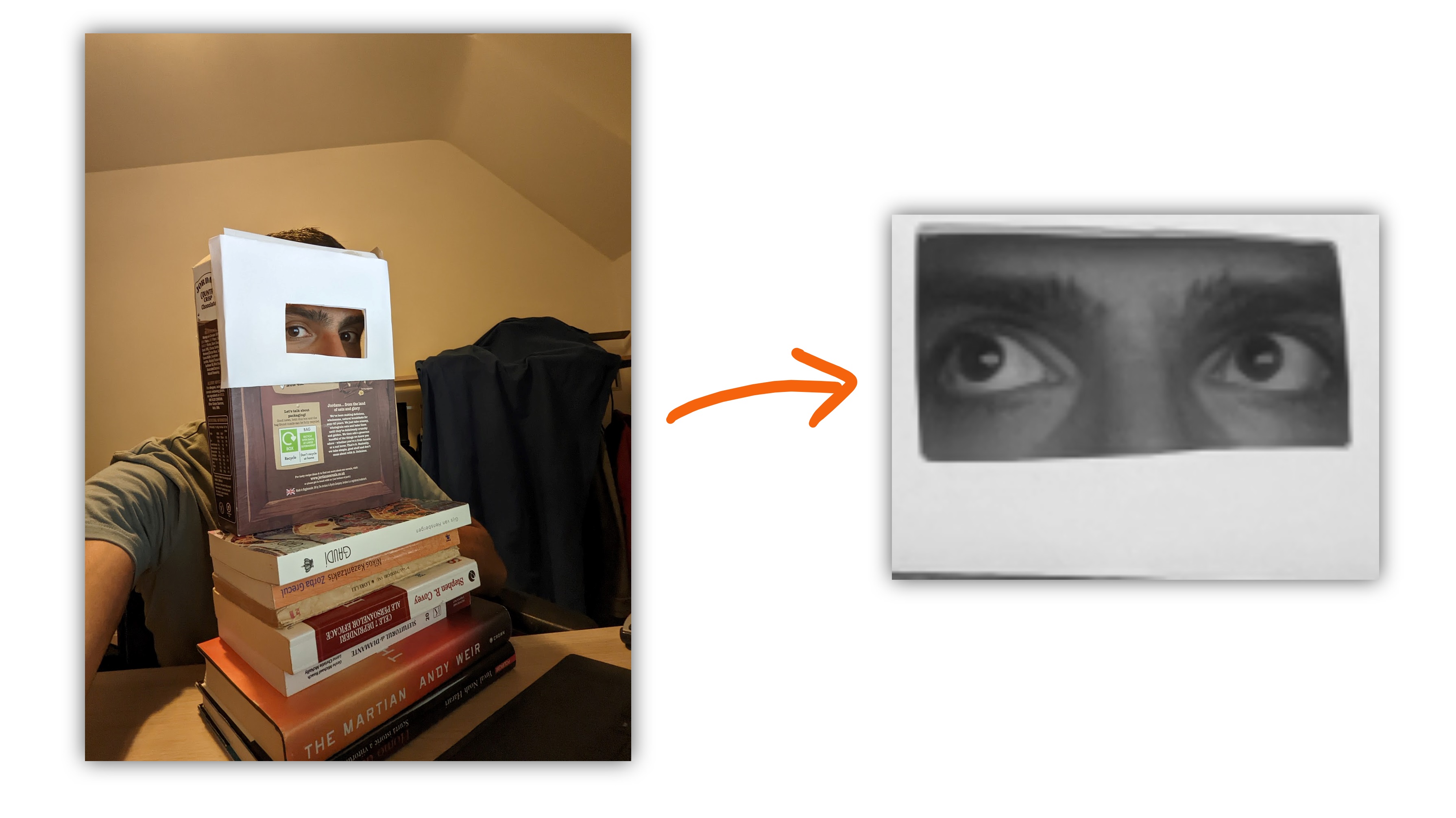
I ended up takeing 620 pictures, 31 for each cell.
Model
I used TensorFlow to build and train the CNN you can see it in the jupyter notebook train_model.ipynb. Despite the seemingly huge dataset that I got, the loss and accuracy curves gave a clear indication of overfitting. I could have changed the model, or get more data, but it was a race against time, so I decided to proceed with a model that was accurate about 80% of the time.

Deployment
The deployment takes place in the script called wws_write.py.
I again used wxPython to create a GUI which highlights a cell, the main difference is that this time it used the CNN to predict where I am looking at, based on the input from the camera.
| Me writing something (I guess) | Writing letter “b” |
|---|---|
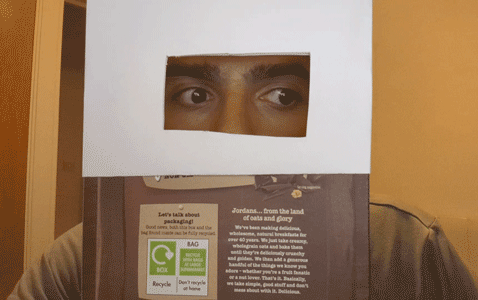 |
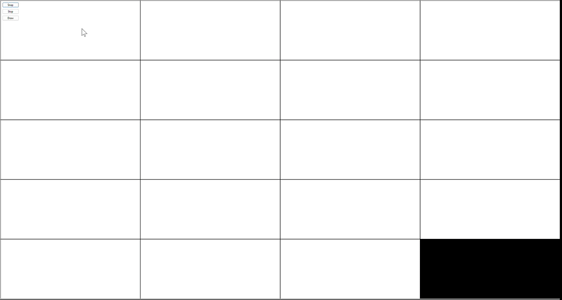 |
In the end, at least I managed to write this:

and no, the second letter is not a Q! =).